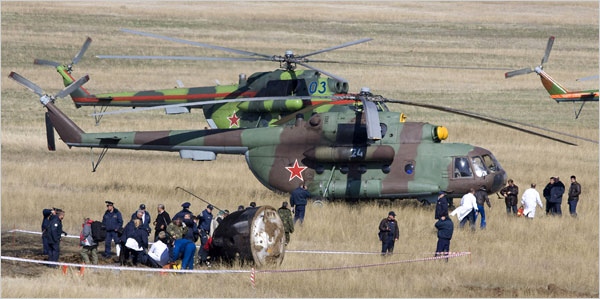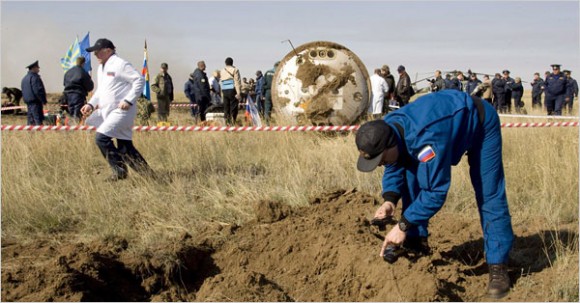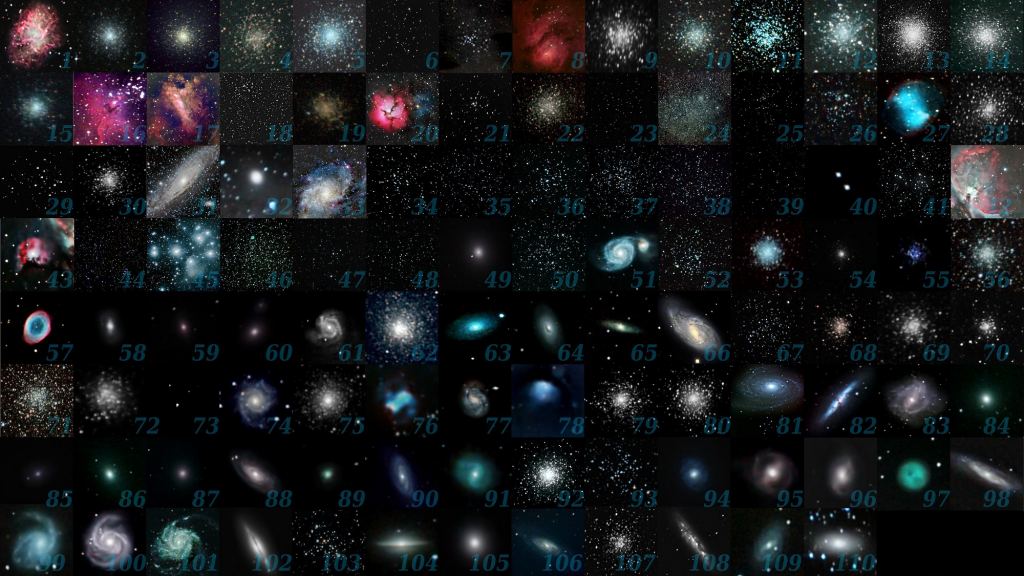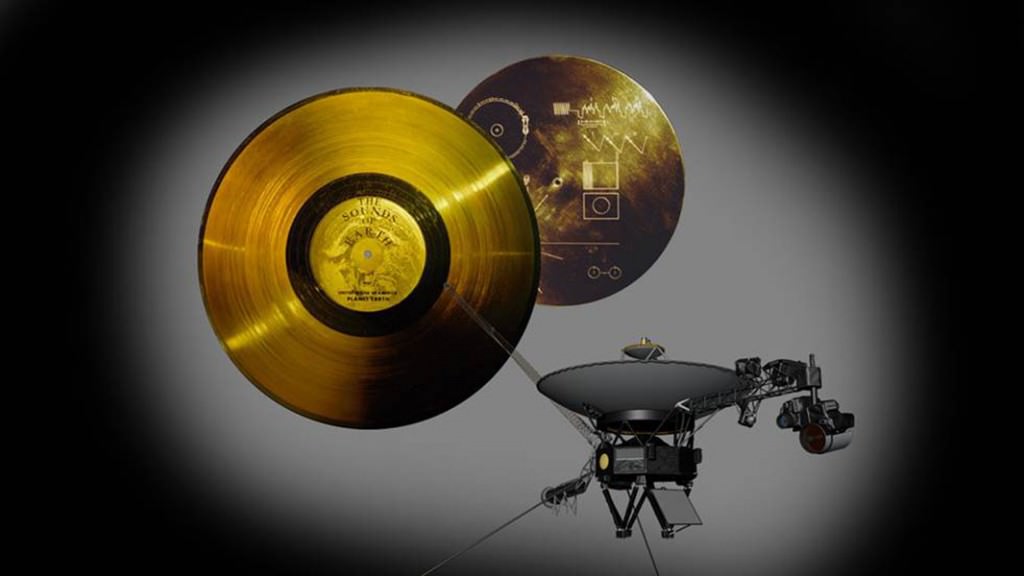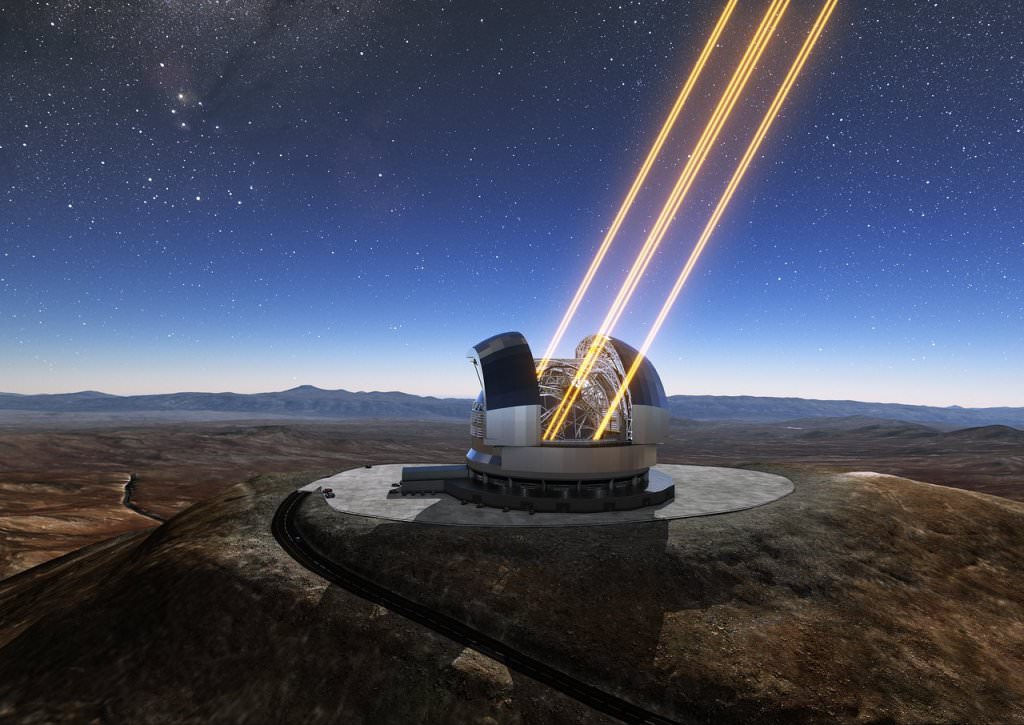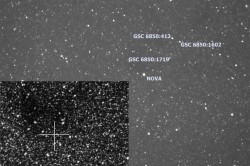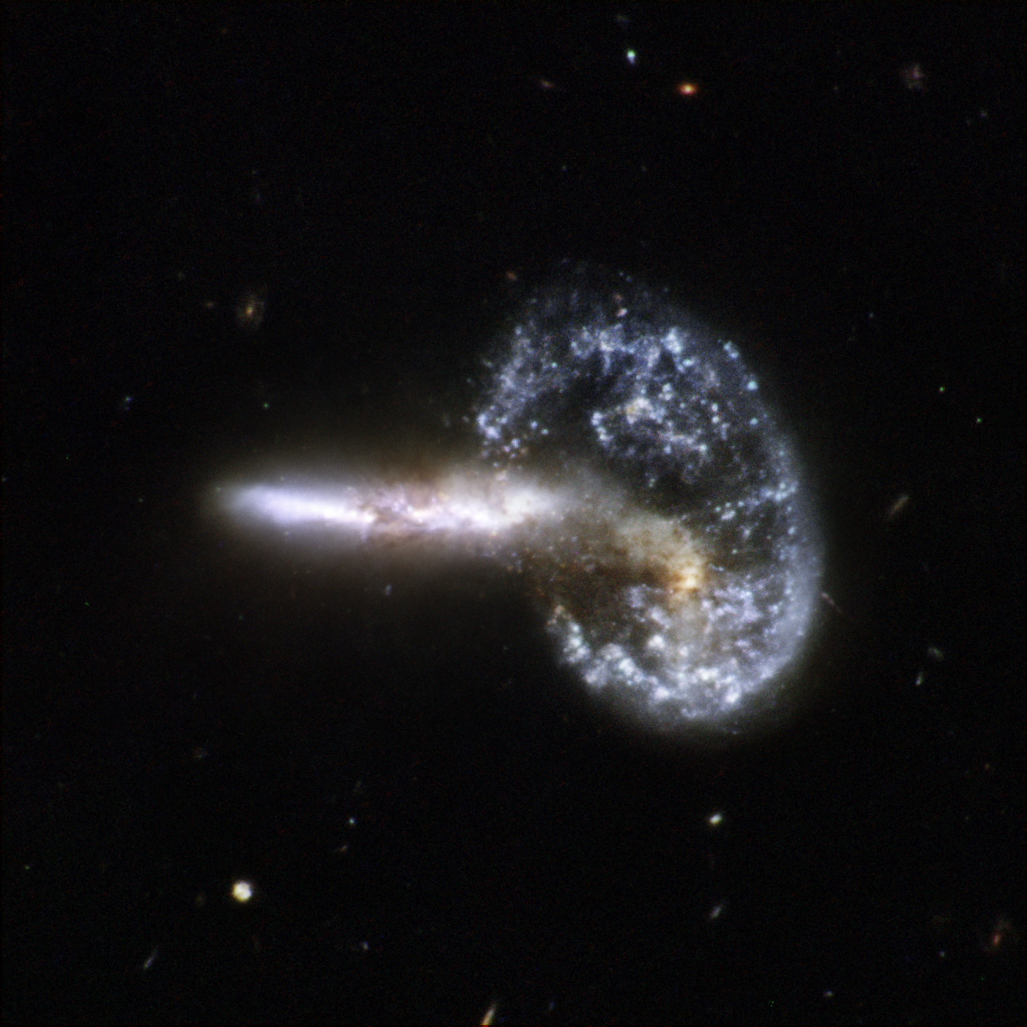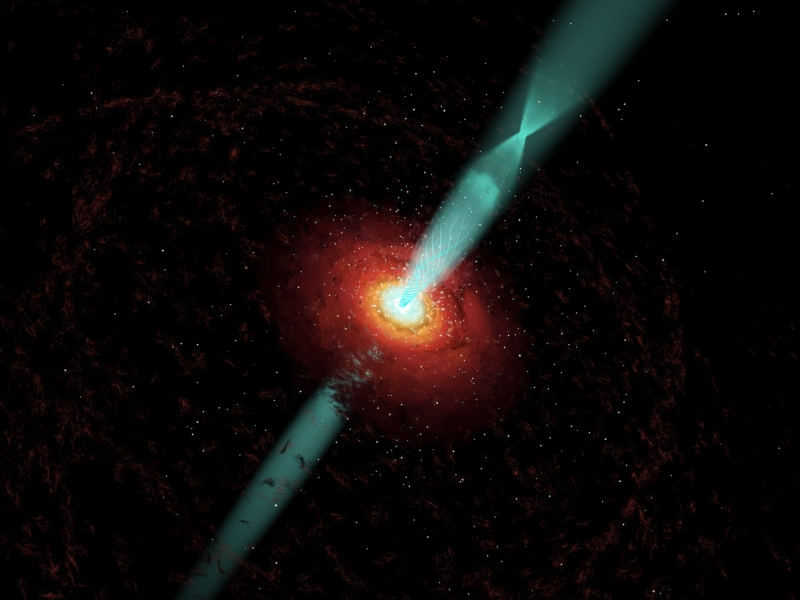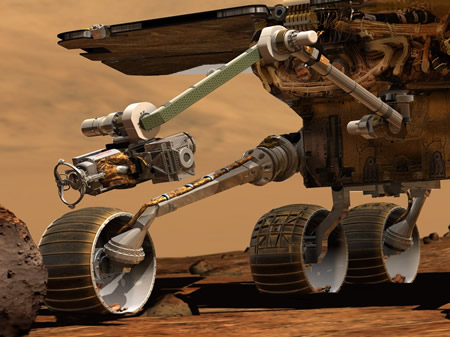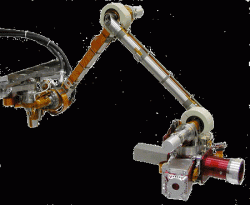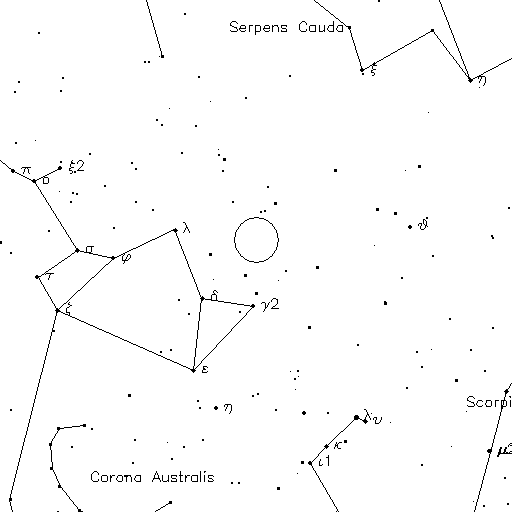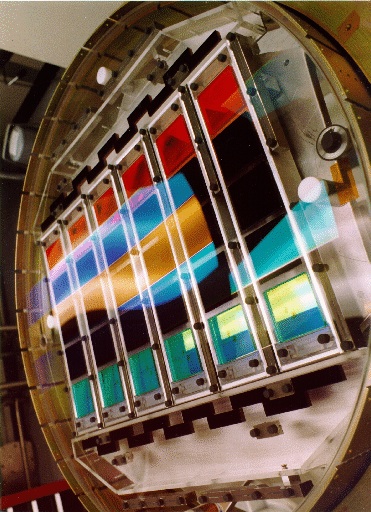Now the dust has settled news sources appear to be coherently reporting the events that unfolded early Saturday morning. As several readers have shown concern that reporting on the Soyuz ballistic re-entry makes us opposed to Russian efforts in space, I hope these points clearly show that this is not the case. In actuality, without the Russian Soyuz fleet of personnel/cargo supply spacecraft, much of the international community’s plans for space would be scuppered. So, what do we know happened after the Soyuz descent capsule undocked from the space station in the early hours of Saturday?
Well, most of the original reports appeared to be fairly accurate. From Tuesday, it seems that much of the reports from news agencies in the US and UK have been corroborated with the Russian news agency Interfax. On April 23rd, William Gerstenmaier, NASA’s associate administrator for space operations, gave a statement as to what went wrong. So here’s what we know:
- Due to a technical fault, and not crew error, the Soyuz descent capsule did not separate from its propulsion module as planned. The explosive bolts used to separate the Soyuz modules before re-entry didn’t work on time. This may have resulted in the descent module and propulsion module hitting the atmosphere before they separated.
- It is not clear if the modules were separated late by the explosive bolts, or if they were pulled apart (Gerstenmaier points out that they may break apart on re-entry, allowing the descent module and crew to make an emergency landing). Either way, a “ballistic re-entry” (rather than the planned guided re-entry) was the result. Ballistic re-entry was likened by Gerstenmaier to, “a bullet out of a rifle,” before the parachutes opened.
- The crew experienced forces up to 8.2 times greater than Earth’s gravity.
- The re-entry caused damage to the capsule escape hatch due to the angle of descent. Areas other than the heat shield had been burnt. The communications antenna was lost at this stage.
- NASA confirms there was no communication with the capsule until cosmonaut Colonel Yuri Malenchenko was able to get free of the cabin and use a satellite phone to contact mission control. This was 30 minutes after touch-down.
So it appears the emergency landing was actually very successful. As pointed out by Gerstenmaier the Soyuz spacecraft design has “an inherent reliability in the system.” After all, the original manned Soyuz spacecraft design was launched in 1967, and since then there have been 99 missions (11 since 2002). It is a rugged and highly dependable space vehicle, and in 2010 when the Space Shuttle is retired we will need Soyuz to supply the space station and transport personnel. The Orion space ship isn’t scheduled to launch until 2015, so there is a five year gap that will need to be filled. NASA is looking into commercial options, but the tried, tested and reliable Soyuz remains the best option.
However, the way this incident was handled is highly worrying. I just hope that a thorough investigation into the technical fault and the way Russian officials covered up events is carried out, so future re-entries can be better managed.
In case you missed the Universe Today coverage of this story:
- April 22nd: Soyuz Capsule Hatch Nearly Burned Up and Crew’s Lives Were on a “Razor’s Edge”
- April 21st: New Facts Emerge from Soyuz Emergency Landing
- April 20th: Soyuz Crew Safe After a Violent Re-entry and Landing 400km Off-target
Sources: McClatchy
, Orlando Sentinel

